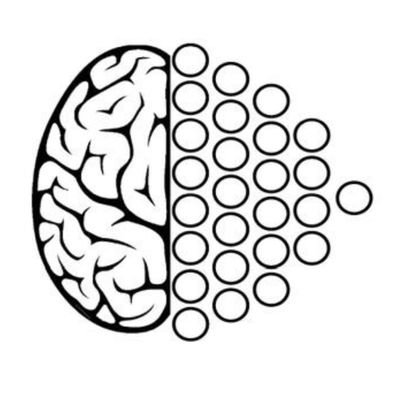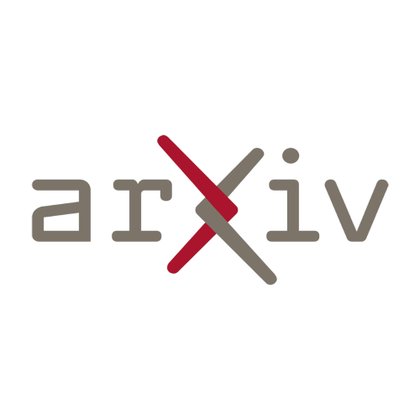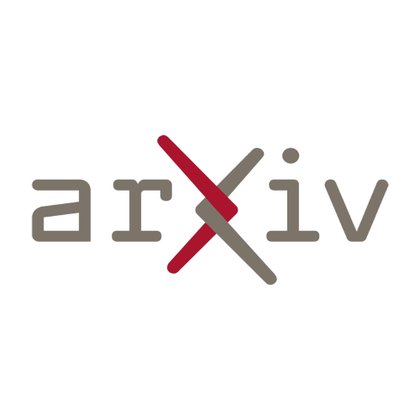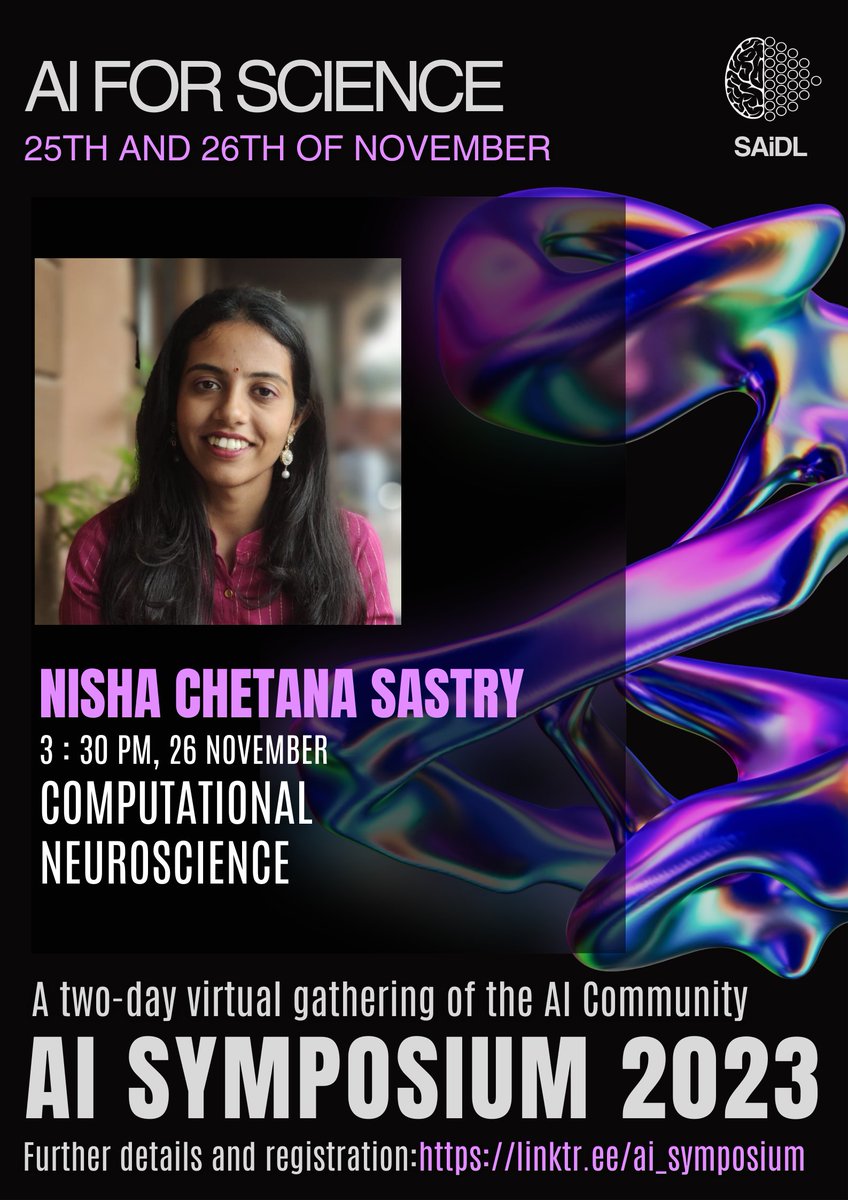
SAiDL
@SforAiDL
Followers
605
Following
146
Media
80
Statuses
356
Society for Artificial Intelligence and Deep Learning. Accelerating student-driven AI research @ BITS Pilani. AI Symposium 23 info : https://t.co/i8FA7jHVjV
Joined June 2020
We are Society for Artificial Intelligence and Deep Learning at @BITSPilaniGoa. Founded a few years ago, we've since tried to create a supportive environment for those interested in research in AI, especially on our campus. (1/6).
1
4
40
Check out the Spotlight paper by SAiDL members @ashmitkx, @aditya30502, @someshsingh22, Aanisha Bhattacharyya, Yaman K Singla, Uttaran Bhattacharya, Ishita Dasgupta, Stefano Petrangeli, Rajiv Ratn Shah, Changyou Chen, Balaji Krishnamurthy at ICLR 2024!.
arxiv.org
Shannon, in his seminal paper introducing information theory, divided the communication into three levels: technical, semantic, and effectivenss. While the technical level is concerned with...
2
2
18
Check out the paper published by SAiDL member.@mukherji_rishav , Mark Schöne, Khaleel Khan, Christian Mayr and @anandsubramoney at the NeurIPS 2023 Workshop on ML with New Compute Paradigms!.
arxiv.org
Artificial neural networks open up unprecedented machine learning capabilities at the cost of ever growing computational requirements. Sparsifying the parameters, often achieved through weight...
1
0
6
Check out the upcoming AAAI 2024 publication by SAiDL member @shreyasbhat23 , Prof.Ashwin Srinivasan, Dr. Tirtharaj Dash, Sowmya Krishnan, Dr. Lovekesh Vig, Dr. Arijit Roy and Prof.Raviprasad Aduri !!.
Thrilled to share our paper "Generating Novel Leads for Drug Discovery using LLMs with Logical Feedback" has been accepted at #AAAI2024 !!🎉. @TCSResearch @appcair . (1/N).
0
0
10
Our session with Varuni Sarwal's (@VaruniSarwal ) and Achint Kumar's (@achint1994 ) talk on Getting started in AI for Science will be starting in 30 minutes at 7:00 PM IST!. WebEx : Join the discussion on our Discord channel:
0
0
0
Anand Subramoney(@anandsubramoney )'s lecture on "Bio-inspired ML and Scalability" will be starting in 30 minutes at 3:30 PM IST!. WebEx: Join the discussion on our Discord channel:
0
0
1
Our second session of the day, with Moksh Jain(@JainMoksh) on GFlowNets for scientific discovery, will start in 30 minutes at 11:00 am IST!. WebEx: Join the discussion on our Discord channel:
0
0
3
We are excited to announce two of our speakers for "AI Symposium 2023", Varuni Sarwal (@VaruniSarwal), Computer Science PhD at @UCLA, and Achint Kumar(@achint1994), Deep Learning Researcher at @Shell. They will be talking about getting started in AI for Science.
0
0
1













